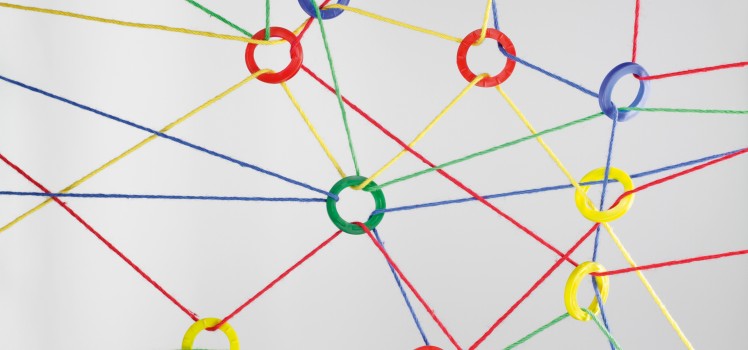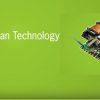EnOcean, Helping to Interconnect Everything

What is the Internet of Things (IoT)?
The lauded Internet of Things consists of everything, billions and even trillions of communicating devices, connecting and networking together. What will connect? The easier question is, what won’t connect? Society today wants their things to work together – seamlessly and simply – to make their life better. Imagine a world where your mother was able to not worry that she had left the stove on because she can connect to it remotely from her mobile device and turn it off if indeed it was left on. Sounds pretty incredible already, but IoT is more than a single proprietary smart automated system; it is cross-industries and cross-technologies, anything and everything, all talking to each other and communicating back to you the user.
How exactly will this happen? Great question; let’s delve further into this and answer other questions along the way.
Connecting IoT
Already today devices connect both with wired and wireless proprietary protocols, but the market place is very much fragmented according to each standard’s niche market that they fill. The core challenge for the realization of IoT is bringing standards together and getting protocols to interoperate with each other.
With each protocol having its strengths for its intended purposes, the reality is that the walls of fragmentation must be broken down for the coming IoT to be successful. The clear winning way forward will be championed by a melting pot of standards working together to create a common framework based on truly open industry standards.
Why EnOcean is important to IoT
Another significant challenge to IoT is how the anticipated billions and trillions of devices will be powered. Experts have predicted that there is not a sufficient supply of copper for wiring to be the solution, and labor costs associated to install such a significant wired network would be fiscally prohibitive.
Increasingly there has been a shift from wired to wireless over the last decades. But how will IoT’s trillions of interconnected wireless devices be powered? Batteries? Well, here again we have challenges:
1) It’s projected that the earth’s reserve of Lithium is not sufficient to supply the demand;[1] and
2) Who would change out the dead batteries from these trillions of devices? Considering the prohibitive challenges for wired and battery-dependent wireless devices, it’s clear that another solution is needed to power the Internet of Things.
Solving such sustainability challenges is EnOcean’s energy harvesting wireless technology. Designed to harness their power from their surrounding environment, energy harvesting devices are self-powered and therefore function wirelessly without batteries. Such devices harvest energy from a variety of sources; for example, an electrodynamic energy converter uses mechanical motion, a small solar module efficiently generates energy from indoor light, and the combining of a thermoelectric converter with a DC/DC converter taps heat as an energy source.
Surely cabling and batteries will not disappear anytime soon, and for certain applications they will remain a necessity. But from a design, environmental, and sustainability standpoint, energy harvesting is the technology of the future, and is one of the reasons why major players paving the way for IoT have reached out to EnOcean Alliance to proactively collaborate together in developing a blended open protocol community framework.
For now, the bridge to IoT is under construction, but it’s exciting to be a part of the progress that is being made toward a truly interconnected everything.
[1] “BU-308: Availability of Lithium,” Battery University, accessed October 2015, http://batteryuniversity.com/learn/article/availability_of_lithium




